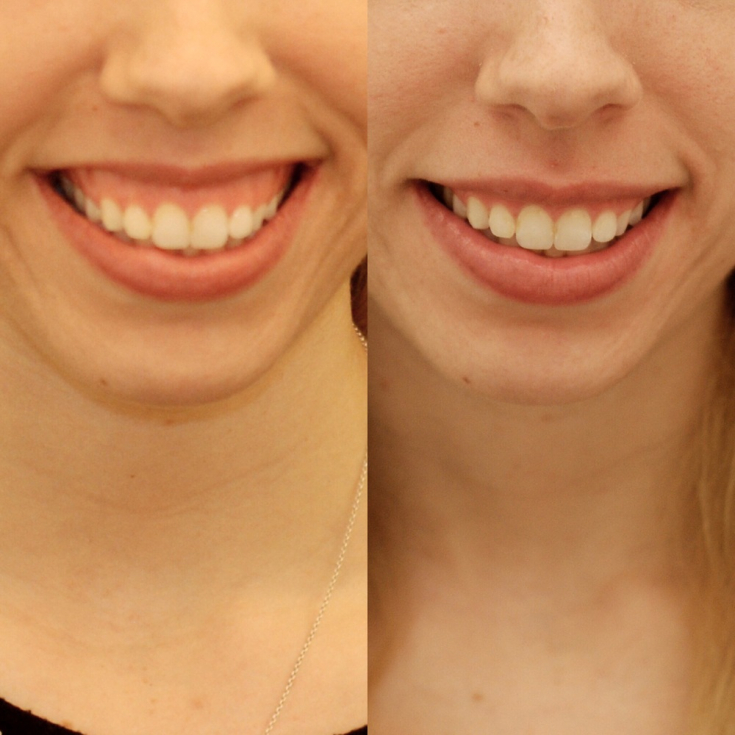The pursuit of aesthetic perfection sometimes requires the joint intervention of beauty industry specialists, as well as dentists and orthodontists. Gingival or gingival smile is one of the common problems that can have a strong impact on the patient's self-esteem.
The possibility of more conservative correction using botulinum toxin has become a major breakthrough in dentistry and aesthetic medicine. Read more about this technique on estet-portal.com in this article.
Gummy smile: what is it and why does it occur
The aesthetic harmony of the face is directly related to the smile, and this, in turn, is formed by the union of three components: teeth, gums and lips. A smile becomes aesthetically pleasing when these elements are in the right proportions. When the visibility of the gum during a smile exceeds 3 mm – such a smile is called gingival or gingival.
Gingival smile is more common in the fair sex.
Gingival smile may result from anatomical vertical excess of the maxilla and hyperfunction of the facial muscles. These two factors can affect the smile both in isolation and together, and the choice of correction method will depend on this.
Perfect smile: 4 secrets of beautiful teeth
Gingival smile: benefits of botulinum toxin correction
The beauty of a smile is determined not only by the shape, position and size of the teeth, but also by the position of the lips, which should be as harmonious as the teeth. The use of botulinum toxin is a faster, safer and even more effective alternative to invasive gingival smile correction surgery.

In addition, Botulinum Toxin can achieve the most harmonious results by acting on specific target muscles, taking into account the appropriate dose of the toxin and the type of smile. This technique is aimed at optimizing the harmony of the smile, in order to achieve an improvement in the self-esteem and quality of life of the patient.
Read the latest articles in Telegram
Features of Gingival Smile Correction
The following surgical methods can be used to correct a gingival smile:
• gingivectomy;
• gingivoplasty;
• myectomy;
• orthognathic surgery.
However, to date, botulinum toxin is gradually replacing these invasive interventions.
Smiling activity is determined by several facial muscles, such as: the elevator of the upper lip and alar of the nose, the zygomatic major and minor muscles, the muscle that depresses the angle of the mouth, the orbicularis oris and risorius muscles.
The elevator of the upper lip and ala of the nose, the large and small zygomatic muscles determine the degree of lip elevation and, therefore, it is they that need to be treated with botulinum toxin. The fibers of these muscles converge in the same area and form a triangle, which indicates that it is enough to inject a neurotoxin at one point to get the desired effect.
The use of botulinum toxin is more conservative, more effective, faster and safer than surgical procedures. And also botulinum therapy can be an excellent addition to surgical resection of the gums.
Smile with spots: why tooth erosion occurs







Add a comment